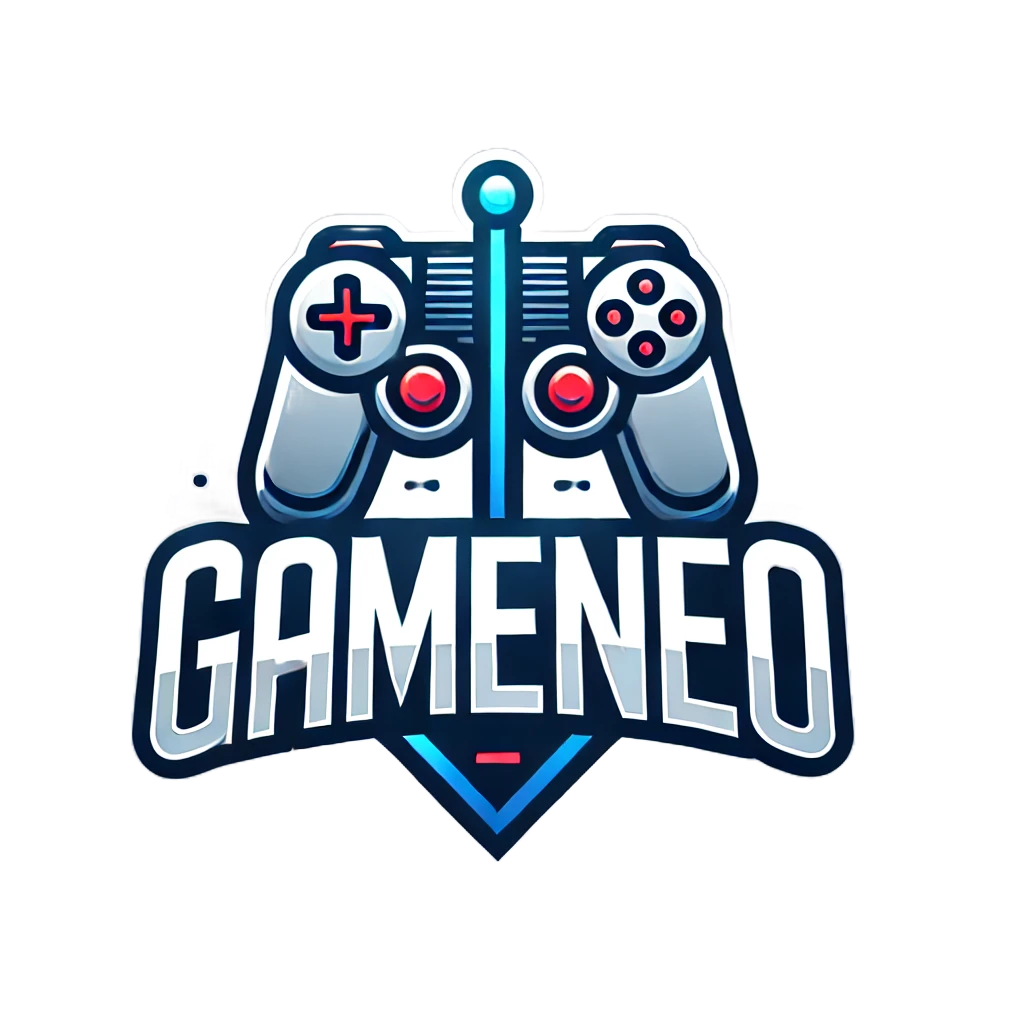If you have ever wondered how to create a video game, then this article is for you! We’ll discuss the different aspects of game design, from Art style choices to Level design. You’ll also learn about User experience (UX) and marketing your game. It’s never too early to start creating your first video game! Listed below are some tips to get you started:
Art style choices
There are several things to consider when choosing the right art style for your game. One important aspect is the visual appeal of your game. While the realistic style is more rigid, stylized art offers greater flexibility in terms of aesthetics. Stylized game art is also an alternative to photorealism, which imposes strict standards. Jarvinen says that caricaturist is a good middle ground between photorealism and stylization.
Advertisement
Level design
The key to successful level design is to keep players engaged. You don’t want them to get bored during the game because you’re focusing on making it challenging, but at the same time, you don’t want them to get frustrated because of technical glitches. Keep in mind that the majority of gamers don’t have a long attention span, especially those who play on consoles. Creating a game that’s hard to complete or that requires a lot of complication can put them off the game completely.
Advertisement
User experience (UX)
Games are becoming more popular among people of all ages and with increasing complexity, and user experience is becoming an increasingly important part of their design. To improve the quality of their games, game developers need to consider several factors that affect the user experience, from the level of difficulty to the overall design process. While UX in games is a complex topic, this article aims to give some guidance on how to improve the user experience in games.
Marketing a game
Before you start marketing your game design, it is essential that you have a clear idea about the genre and the target audience. There are numerous channels to advertise your game, but two of the most popular are Facebook and Google. You must also have creatives ready for advertising. To get the best exposure for your game, you must market it through different channels. To get the best results, try to test your game early and often. If you’re not sure whether your game is worth pursuing, start by testing it for traction among your target audience.
Advertisement
Creating a portfolio
A game design portfolio should be comprised of a variety of different elements, including images and videos of your work. Include level designs, prototypes, and game design documents. Showcase your work in its most impressive light, which will be attractive to game studios. You can also include a YouTube montage of multiplayer gameplay or a description of your process. Ultimately, it is up to you how much proof you want to provide, but remember that a game design portfolio should not be the most important component.
Setting clear parameters for a game’s scope
You can change the default scope of a game by undefining it. This can free up memory and prevent name conflicts in client-side and server-side scripts. This setting also prevents name conflicts between variables that are visible only in certain scopes of the game. Defining a variable is not required, but it is a good practice to avoid confusion. The scope is the area where a game’s script can see it.
Creating a game’s scope document
Creating a game’s scope document is crucial for a number of reasons. The document needs to communicate clearly with your team, and you need to include all the technical terms you use. If you can, include reference videos and audio files. It also helps if you can incorporate concept art and audio files. All of these things will add value to the document. When creating the document, remember to consider what the finished product will look like.
